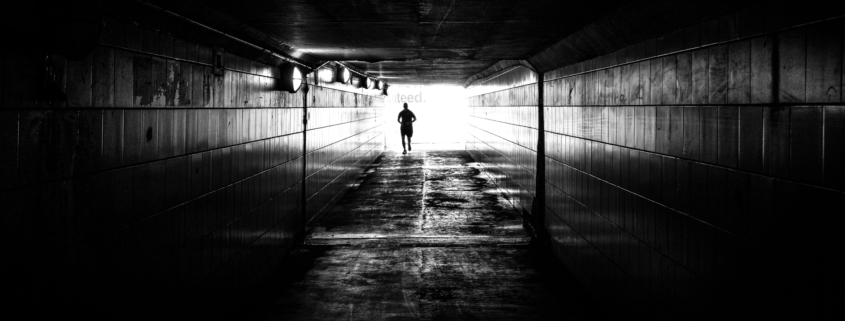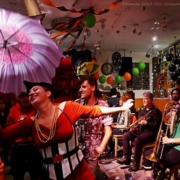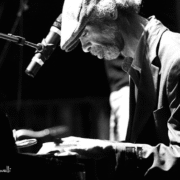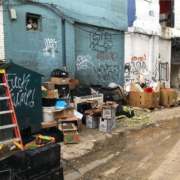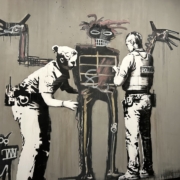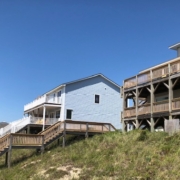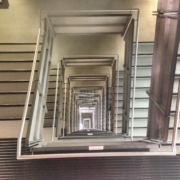Running at night as exercise, urban exploration, and street ethnography
Running, as a physical exercise, has numerous benefits.
One of the best things about this activity is that it’s low cost, and you can do it just about anywhere and anytime.
Up until recently, the majority of my running was done in urban environments, on the streets, and at night. Sometimes I used to run with our dog in tow.
Running in this context can and has periodically been an exhilarating experience.
Under the cloak of darkness and enabled by speed, I’ve been able to visit, explore, and take more risks by visiting neighborhoods and places (e.g., back alleys) that I might avoid on foot during the day or night.
Running at night has allowed me to see the city (in fact many urban locations) during different times when the lights are off, most people are at home, and typically everything is quieter and less observed.
In order to more comprehensively understand a part of town, visit it at 2am, listen to the sounds and noise, and feel the level of safety, etc. Almost immediately you should notice that some neighborhoods that are relatively docile during the day become foreboding at night, whereas others that are boring by day may be transformed and become welcoming when it’s dark outside. They are teaming with pedestrian traffic, and people sitting outside on door steps and on their porches.
Running at night has provided me with sneaky thrills when rodents and felines of all sizes unexpectedly cross my path, and occasionally barking and mean ass looking dogs have confronted, chased, and attacked me. Sometimes I’ve had to dodge both parked and moving cars, bicycles, and motorized scooters.
I’ve also been called names, yelled at (i.e., “Yo get the fuck outta here”), and chased by people (some very intimidating and some not so much) who appear to be angry, drunk, high, and provocative. Arguably, my running times improved because of these stressful experiences.
I’ve been lost a fair number of times too, forcing me to embarrassingly search for someone who I think might be able to help me, and who I also feel comfortable with asking for directions, even if this requires me to gesticulate in a foreign language.
In addition to stepping on shit, puke, and flattened rodents, and tripping multiple times, I’ve barrel rolled, face planted, and sprained my ankles (all on separate occasions). It’s times like this, with adrenaline rushing through my veins, when I have felt the most alive.
All in all running at night has been an informal and unconscious method of data collection. I get to see who is out on the street, what they’re doing, who they are interacting with, and make inferences regarding their behavior and the street culture that exists in those specific locations. Sometimes I find interesting graffiti, street art and murals. Running at night also gives me ideas about where I might like to explore in the future during the daylight hours.
This experience contrasts with the flaneur, especially the romantic notion of a person who walks the street seeping up what’s going in, periodically sitting down to collect oneself, observe, and to take notes in a sacred writing journal. It’s also not systematic like a street ethnography should be. But it’s data none the less and it helps form impressions, hypotheses to explore and investigate if one chooses to do so.
I miss running at night with the street lights, the sounds, smells and liminal aspects of the experience. I feel like I miss out on a side of city life and street culture that is so integral to understanding the people who live, visit and work there.
Photo Credit: Giuseppe Milo
The runner – Chicago, United States – Black and white street photography

